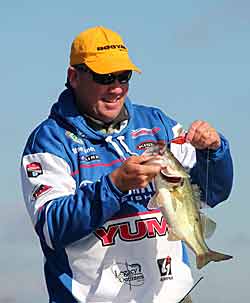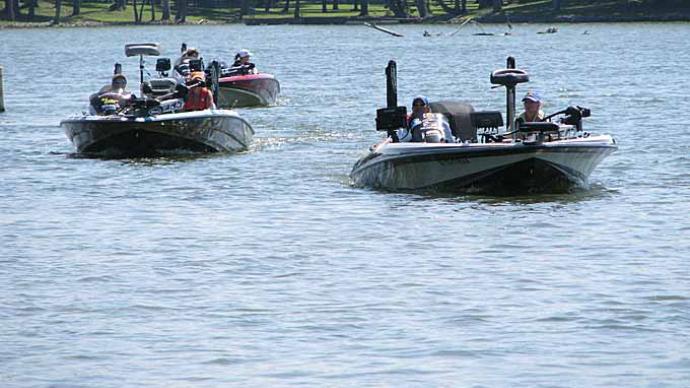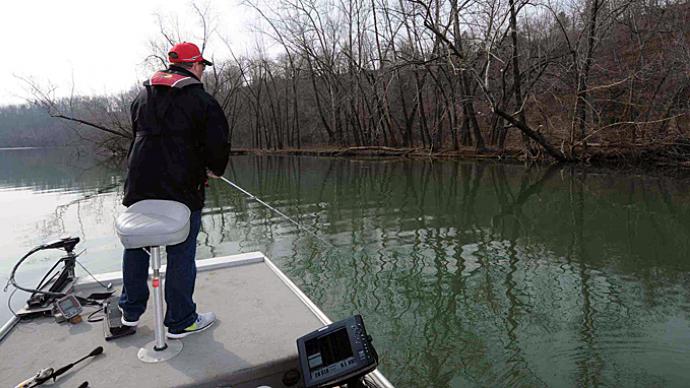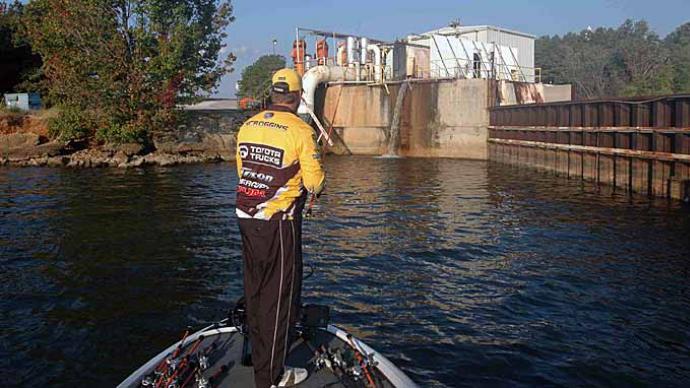
The Bassmaster Classic is coming up quickly. They call it the “World Series of Bass Fishing” for a good reason. No other tournament puts so many top anglers together to compete for big money and the life-altering experience of being named a Classic Champion.
Many contestants, including me, traveled to Alabama in December to pre-fish Lake Guntersville, the site of this year’s Classic. What an excellent stage Guntersville makes for this grand event -- the bass grow huge, and there’s quantity and quality! If conditions are right and you are on your game, you could be culling fish all weekend.
But lakes change throughout the year, and bass adapt to those changes. Guntersville went off-limits to us at the end of December, so no one in the field will have a chance to dial in the bass until the week of the tournament.
A lot of changes take place during that winter interim. Where the bass are located and what they’re relating to is different in late December than in late February. When such big seasonal changes are ahead, I’m often asked what I do to get the most out of my pre-fishing experience.
The first thing I tell myself is not to fish too much. Instead of looking for fish, I paid more attention to how the grass was laid out, where the green beds were thickest, marking structure near good locations and investigating some areas I needed to familiarize myself with. I did these things with an eye to February fishing, not to find December bass. A spot that produces bass in December isn’t necessarily where I will fish during the Classic.
That said, finding schools of bass ganged up on a particular piece of structure in midwinter can help me put together the puzzle for February. River and creek channels are critical locations in winter and will remain until the bass migrate in spring. In December, you’ll find bass positioned right on that channel edge, and you might find a similar situation in February. Still, you also might find them shallower, mainly if a warming trend has brought them up.
Do you know what’s critical for me? Finding channel bends and other winter fish-holding areas adjacent to spring foraging flats and spawning areas. You can visualize the bass migration and anticipate their position, adjusting to the weather and water conditions.
The cover also is essential, but Guntersville is rich with hydrilla and milfoil rather than wood. The vegetation changes seasonally while wood slowly rots away, so a lake in which the bass relate to vegetation is more volatile than one with lots of wood. If you have a cold winter, much of your shallow vegetation will die. The grass that is left becomes a magnet for bass. Fresh hydrilla or milfoil can hold bass year-round.
I was looking for vegetation in December that was just a little bit deeper because it’s better insulated from the winter chill. There was still plenty of grass available, but if we have a cold month or so, the only substantial grass left will be the deep stuff. If I can find that deep grass, I have a starting point.
But then again, what if we get a few weeks of warmer weather as the Classic nears? Bass will go ahead and kick into prespawn mode, and one of the keys to finding them will be fresh green growth. I call it “short grass.” It may be growing only an inch or two or three off the bottom of the lake, but there will be bass relating to it.
Everything depends on weather trends as the tournament gets closer. I’ll arrive with my wintertime baits and prespawn baits, then adjust to what I find. Several different types of baits could play a role -- a lipless crankbait, a Rogue, a YUM Money Minnow, or even a Fat-Free Shad. I don’t know which one is the right one because I don’t know what the fish will do when I get there.
But I’ll have each lure type – and more – ready to go when official practice time begins. Then, and only then, will we have those answers!
BassResource may receive a portion of revenues if you make a purchase using a link above.




